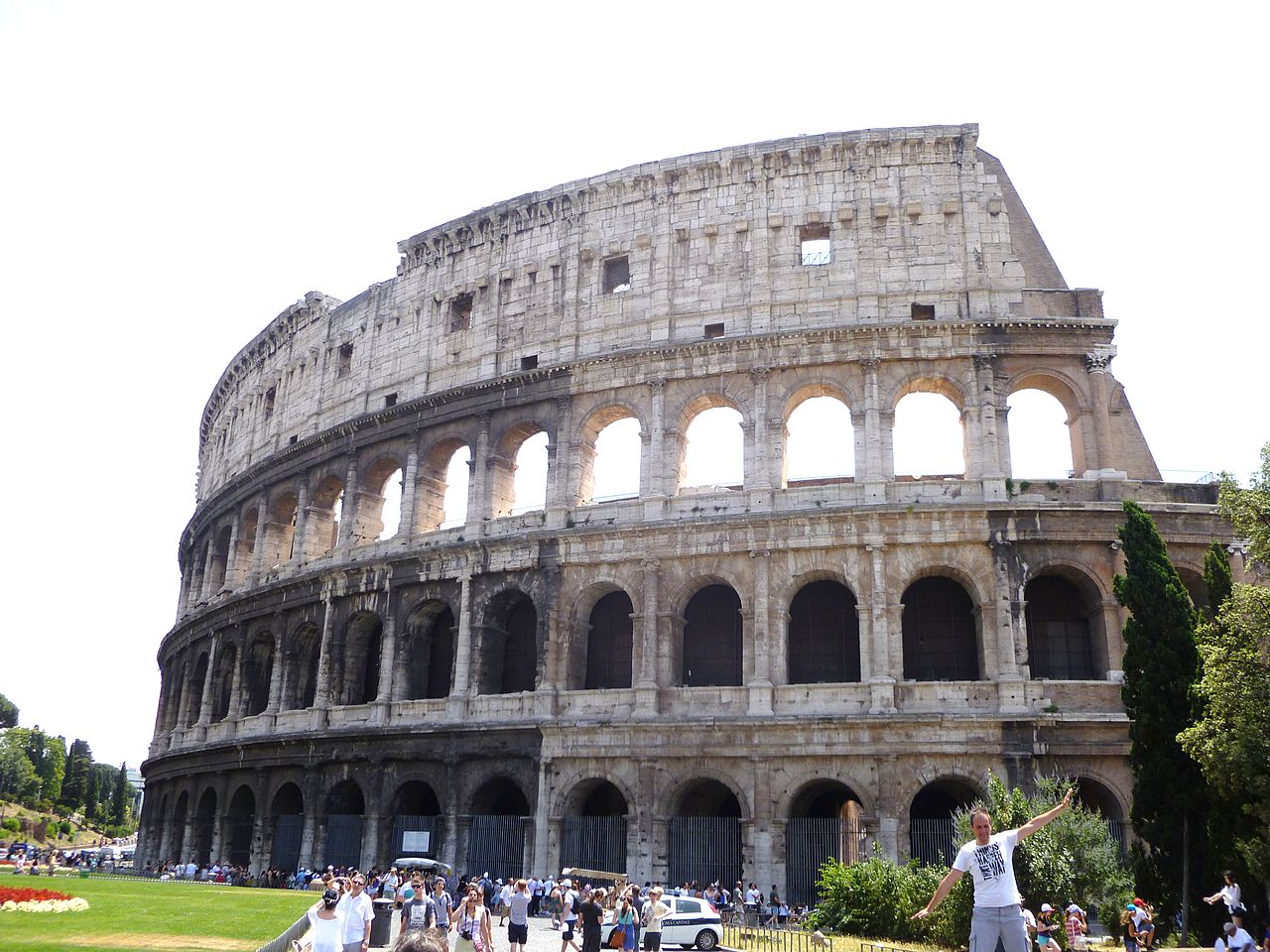
The legends of Rome have their roots in the very origins of the Eternal City. As you know, his own foundation has a legendary history behind it, that of Romulus and Remus. But, in addition, a city with so much history must house many other mythical stories that you will be fascinated to know.
We will not be able to tell you all, but we can assure you that the stories that we are going to tell you are part of the most precious legends of Rome and that you will enjoy knowing them. Not for nothing do they contain stories related to first kings, With the great emperors from the classical era and with the dark Middle Ages of the beautiful Italian city (here we leave you an article about its monuments). But, without further ado, let's go with the best mythical stories about the Eternal City.
The legends of Rome, since the founding of the city
As we told you, the very origin of Rome has a mythical background. But so does the famous episode of the abduction of the sabines, thanks to which the primitive Roman villa grew in the night of time. Let's go with it all.
The legend of the founding of Rome
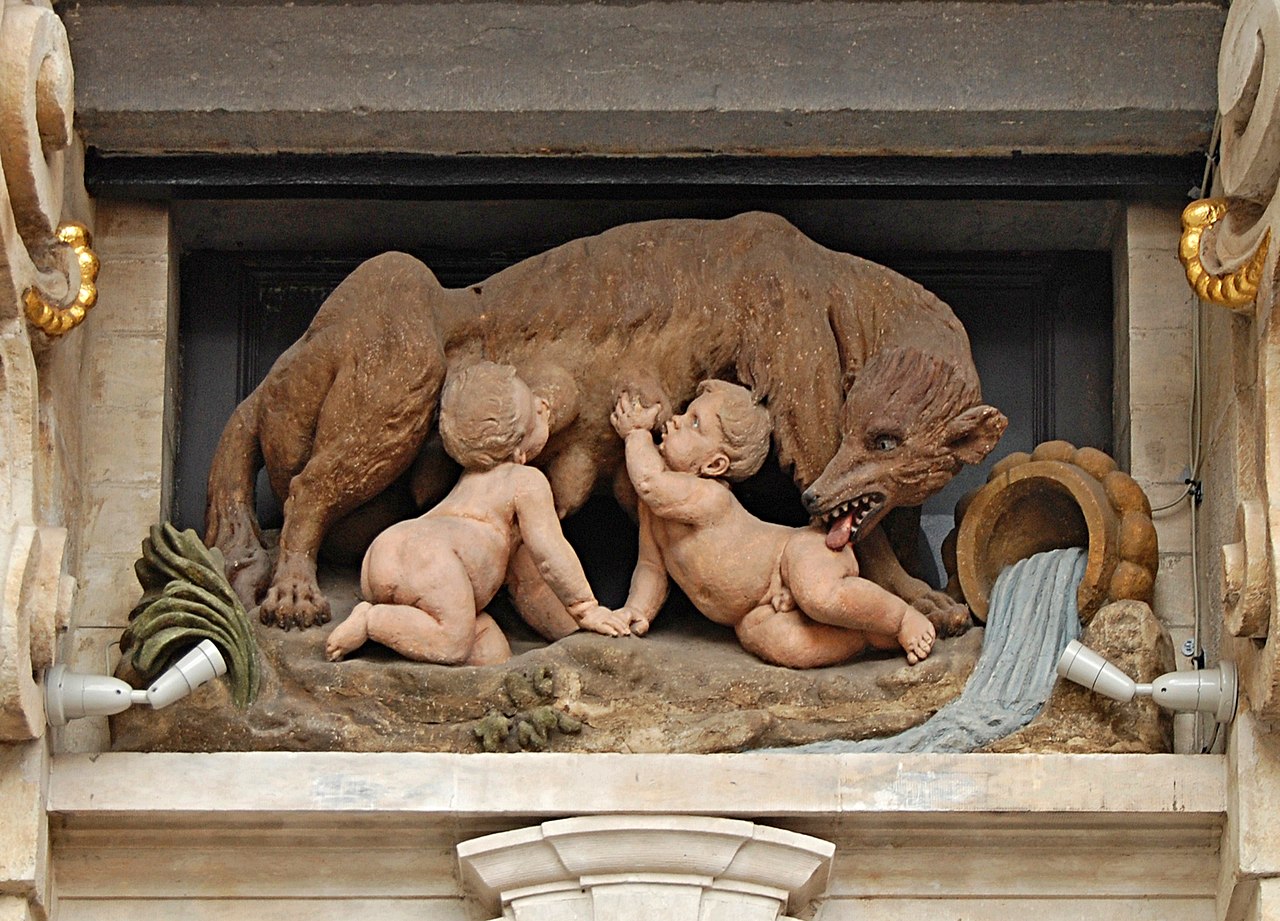
Romulus and Remus being suckled by the she-wolf
The mythical origins of Rome date back to the XNUMXth century BC. However, this legend of Rome begins even earlier. Ascanio, son of Enas, the Trojan hero, founded on the banks of the Tiber the city of alba longa.
Many years later, the king of this city was called numitor and his brother Amulium dethroned him. But his felony did not stop there. So that the first would not have offspring who could claim the throne, he forced his daughter, Rhea Silvia, to become a Vestal, which required her to remain a virgin. However, the evil Amulio did not take into account the will of the god Mars.
This one got Rea pregnant from the twins Romulus and Remus. However, when they were born, out of fear that the wicked king would murder them, they were placed in a basket and left in the Tiber River itself. The basket ran aground very close to the sea, near the seven hills, where it was seen by a loba. She rescued and nursed the children in her lair of the Palatine Hill until they were found by a shepherd, who took them to his home, where they were raised by his wife.
As adults, the two young men in turn dethroned Amulio and replaced Numitor. But what matters most to us for our history is that Romulus and Remus also founded a colony of Alba Longa on the banks of the river itself, precisely where the she-wolf had suckled them, and their leaders were proclaimed.
However, the debate over the exact place where the new city was to be created led to a tragic dispute between the two that would end with Remo's death at the hands of his own brother. According to legend, Romulus thus became the first king of Rome. If we are to pay attention to the historians of antiquity, it was the year 754 BC.
The Rape of the Sabine Women, Another Popular Roman Legend
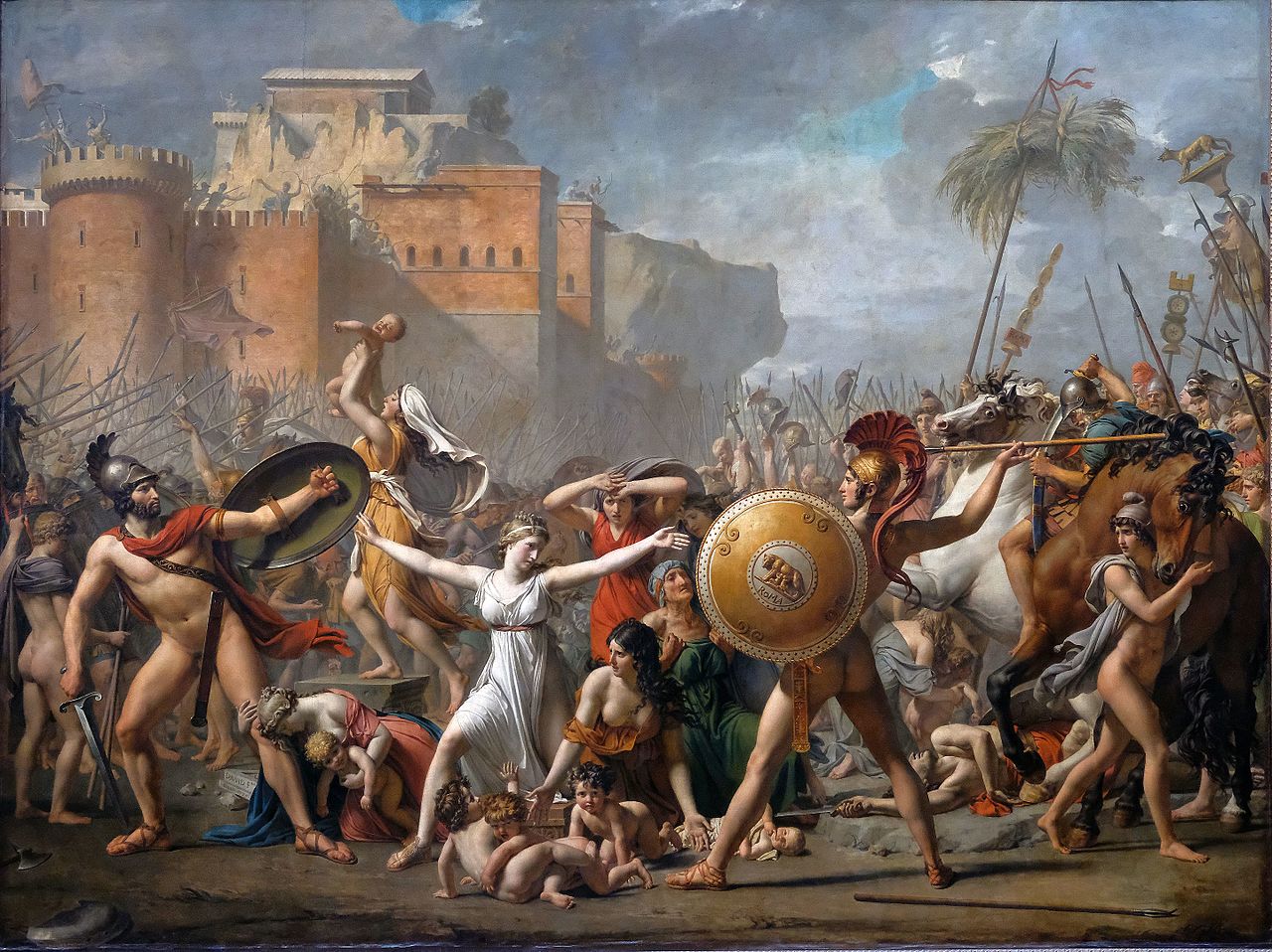
The Rape of the Sabine Women
Also to the time of Romulus belongs the story of the abduction of the Sabine women, another of the most popular Roman legends. It is said that the founder of the city accepted anyone from Lazio as a new citizen in order to populate it.
However, they were practically all men, which made the growth of Rome impossible. Romulus then noticed the daughters of the sabines, who lived on the nearby hill of the Quirinal and he set out to kidnap them.
To do this, he threw a big party and invited his neighbors. When the Sabines were sufficiently stunned by the wine, he kidnapped their daughters and took them to Rome. But the story does not end there.
In the meantime, he had left in command of the city Tarpeia, who was in love with the King of Latinos. As they had declared war on Rome after the kidnapping of their daughters, the girl made a pact with the monarch that he would show her a secret entrance to the city if he gave her what he had in his left arm in exchange. He was referring to a gold bracelet, but, when the Sabines had known that hidden access to Rome, the king ordered his soldiers to crush Tarpeii with their shields, loaded precisely on his left arms.
However, the end of this story has another variant. It says that the Romans, aware of the young woman's betrayal, threw her off a cliff that, precisely since then, was called the Tarpeya rock.
Finally, there was the clash between the Sabines and the Romans. Or rather, it did not happen because the abducted girls stood between both armies to stop the combat. If the Romans won, they would lose their parents and brothers, while if the Sabines did, they would be left without husbands. Thus, peace was signed between both cities.
The alley of the Mazzamurelli
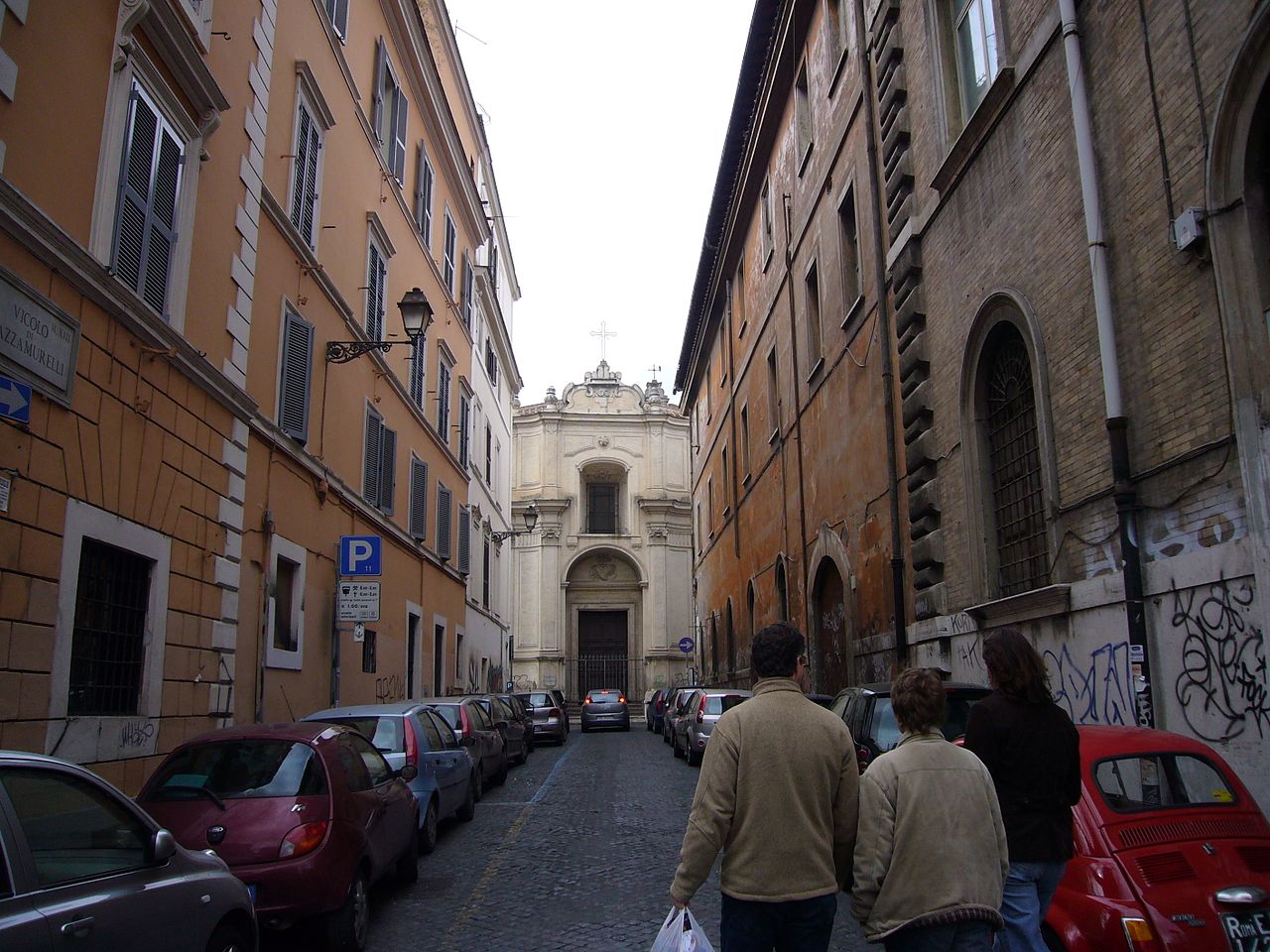
Mazzamurelli Street, scene of another of Rome's legends
If you visit the Trastevere Roman, you will find a small street that, starting from church of St. Chrysogonus, reaches up that of San Gallicano. This alley is that of the Mazamurelli. But who are these creatures that even has a street in Rome named after them?
We could identify them with those little ones naughty geniuses that are part of all the mythologies of the world. They would be a kind of elves who enjoy doing little tricks on passers-by and, of course, those who live on that street.
In fact, one of the stories that make up this legend says that there lived a man who had a reputation as a magician for seeing supernatural creatures. The house of this person is still preserved on the road and is said to be haunted.
However, not everything is bad around the mazzamurelli. For other narrators of this legend of Rome, they are beneficial creatures who are dedicated to protecting the neighbors from the street that bears their name.
Castel Sant'Angelo, scene of many legends of Rome
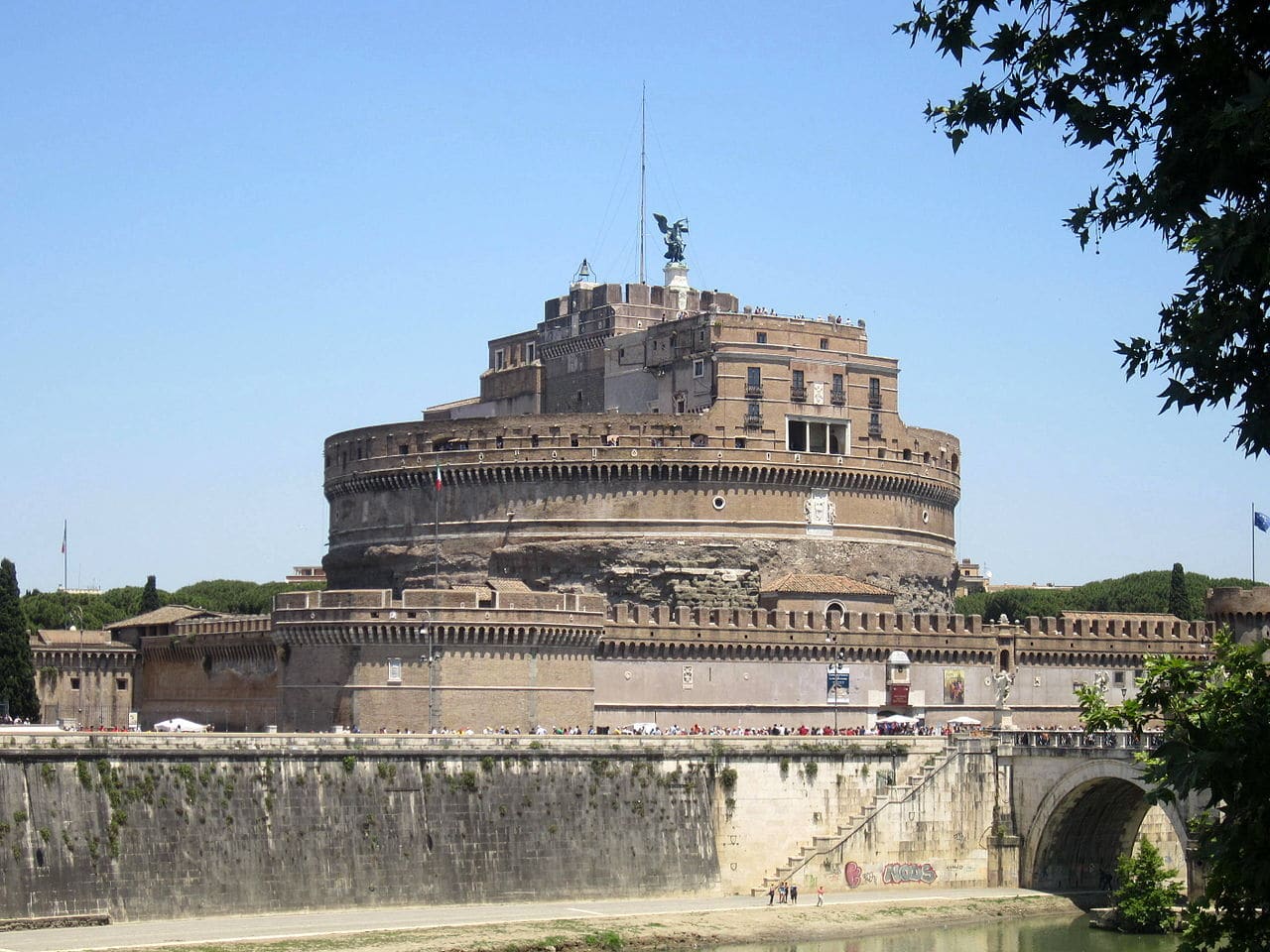
Castel Sant'Angelo
In addition to being one of the most important monuments in the Eternal City, the Castel Sant'Angelo has many legends. Built to be Mausoleum of Emperor Hadrian, has almost two thousand years of history. It will not surprise you, therefore, that it has been the scene of many legendary stories.
The most popular of them is the cause of its name. We are in the year 590 of our era. A devastating plague epidemic had befallen Rome and the pope Gregory the Great organized a procession. As it approached the castle, it appeared above it an archangel that he had in his hands a sword to announce the end of the epidemic.
Therefore, not only the castle is called de Sant'Angelo, but also, the figure of an archangel was built on its top that, after having undergone several restorations, you can still see today.
The Passetto di Borgo
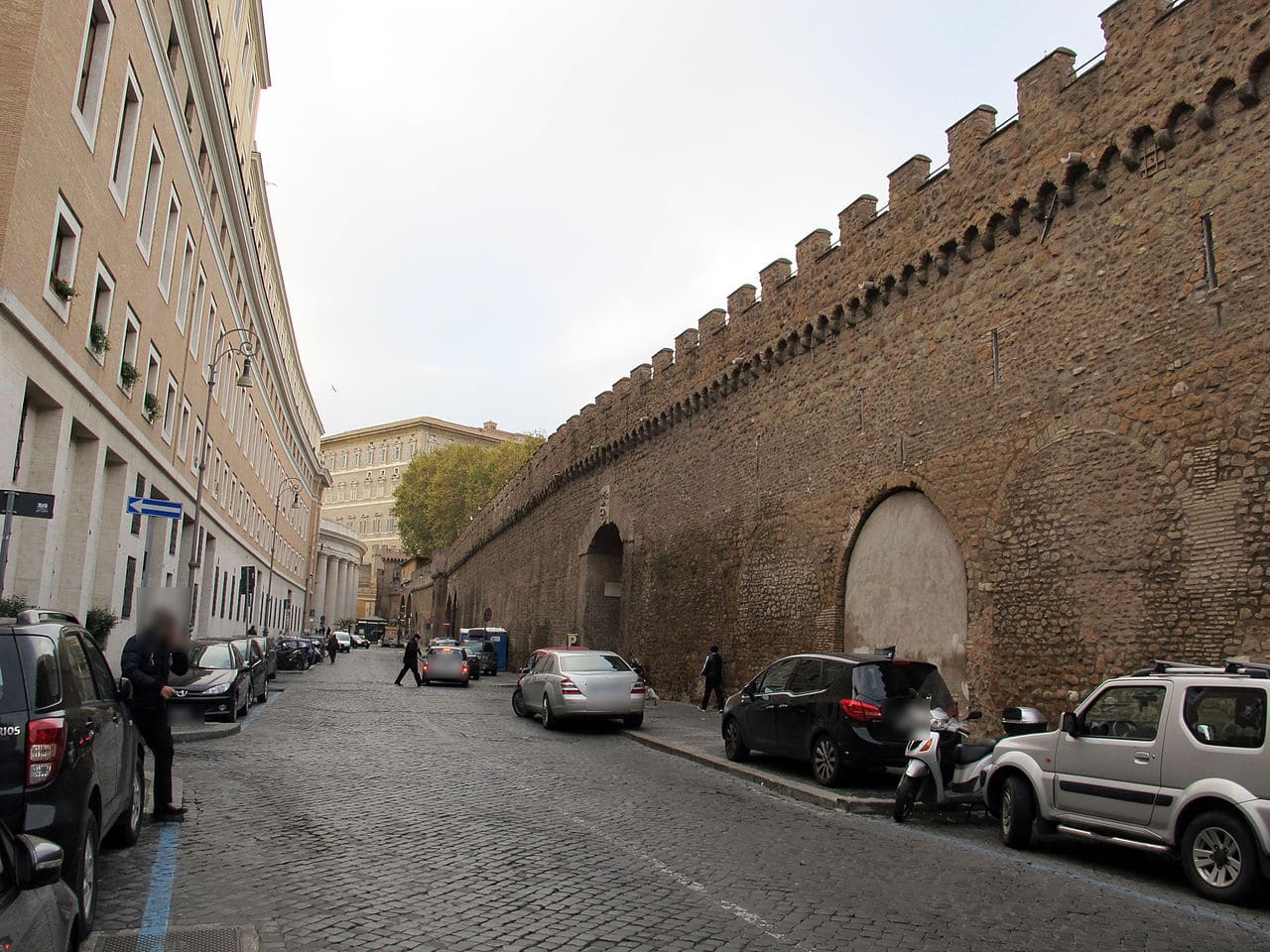
Passetto di Borgo, another of the scenes of many legends of Rome
We do not go far from the previous construction to discover another of the Roman points that are full of legends and mythical stories. East Passetto or walled path joins, precisely, the Castel Sant'Angelo with the Vatican.
It is barely half a mile, but it has been the scene of all kinds of leaked potatoes and other clergy who sought to hide in times of war and looting. However, legend has it that whoever crosses it seventy times will see all their troubles come to an end.
So legendary is the story of the passetto di Borgo that it has appeared in numerous films, television series and even video games.
The Tiber Island
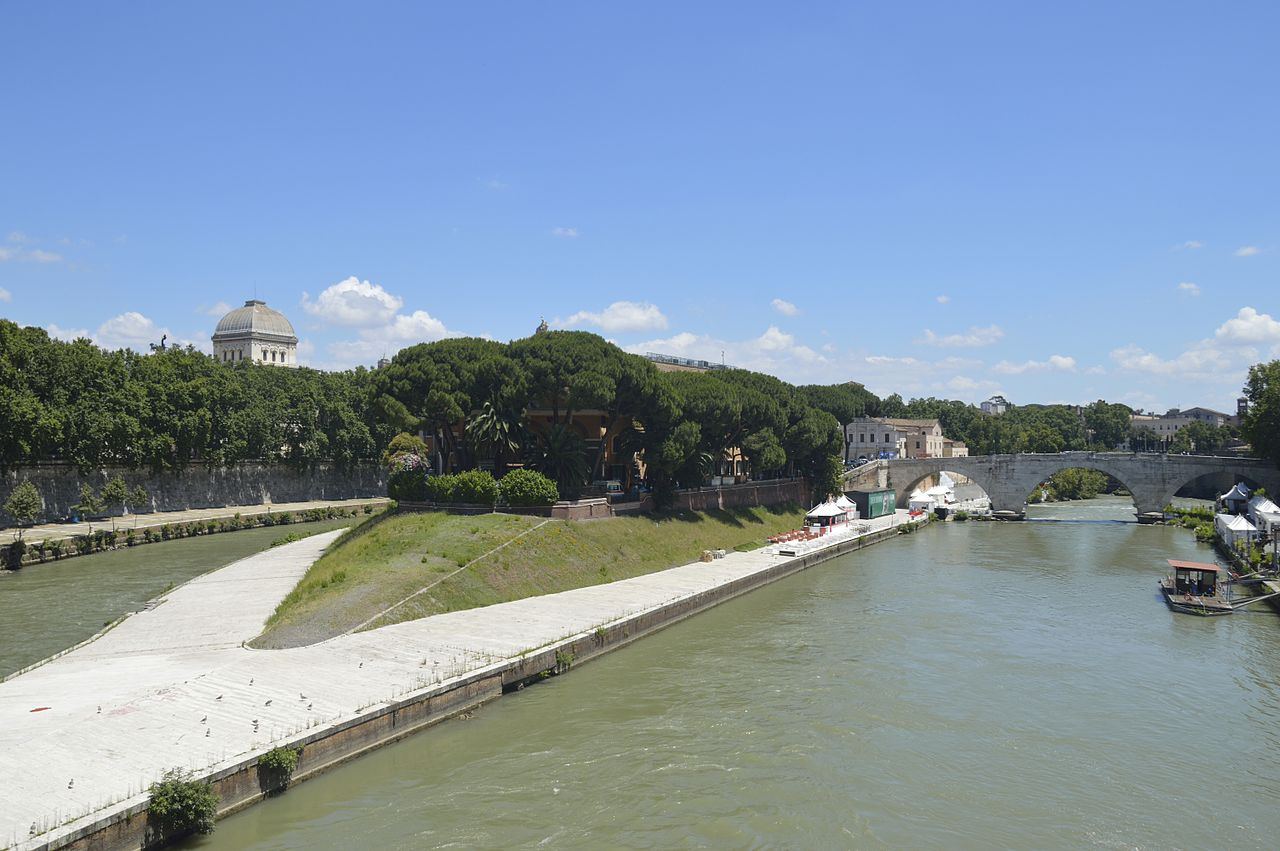
The Tiber Island
We finish our tour of the legends of Rome on this island, which you can still see today in the middle of the Tiber. It is shaped like a boat and is barely 270 meters long and 70 meters wide. However, it has been the subject of mythical stories since time immemorial.
In fact, they affect their own appearance. It is said that the last king of Rome, Tarquinio the Superb, was thrown into the river by his own fellow citizens. He had been a corrupt man who even stole their wheat. Shortly after this event, the island began to appear and the Romans thought that it had originated thanks to the sediments accumulated around the body of the monarch, a good part of which was, precisely, the wheat he had stolen.
For all this, the Tiberina always sowed fear among the citizens of Rome. This lasted for several centuries until, during a plague epidemic, a snake (symbol of medicine) that ended the disease. As a thank you, the Romans built a temple in honor of Aesculapius on the island and they stopped being afraid to visit it. We remind you that this figure was precisely the Roman god of medicine.
In conclusion, we have told you some of the most popular legends of rome. However, a city as old as this must have many others. Among those that have remained in the pipeline and perhaps we will tell you in another article are the one that refers to Emperor Nero and the Basilica of Santa Maria del Pueblo, The one of the Dioscuri Castor and Pollux, the of the Mouth of Truth or the many that have as protagonist Hercules.